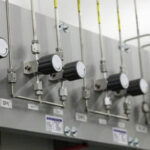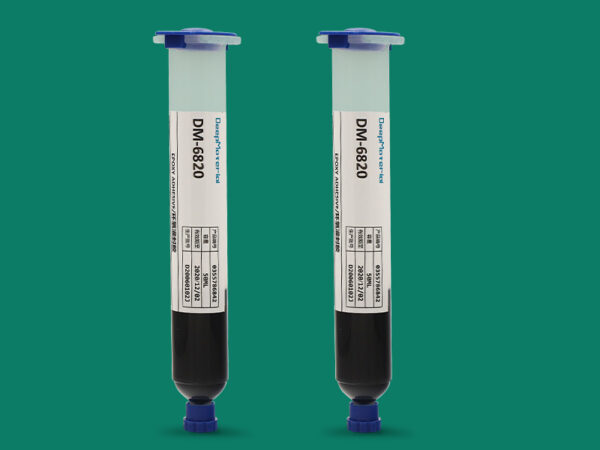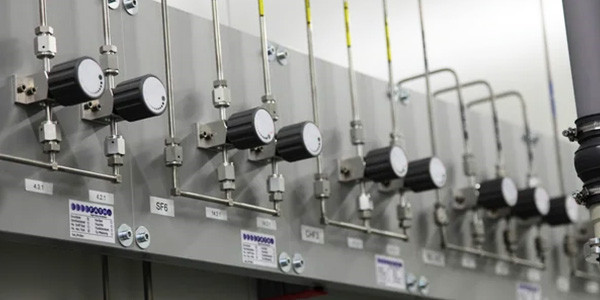In our increasingly interconnected world, electronic devices have become ubiquitous. From our smartphones to the appliances in our homes and the computers powering our businesses, electronic components are at the heart of these technological marvels. The seamless operation of these devices relies on the intricate assembly of printed circuit boards (PCBs) and the robust protection of their delicate components. This is where electronic adhesives play a crucial role, and recent advancements in the field have paved the way for more efficient, durable, and high-performing electronic devices.
Three key innovations are transforming the way electronic adhesives are used and paving the way for a future where our devices are more reliable and longer-lasting: PCB potting compound, deep material underfill epoxy, and conformal coatings for electronics. Let’s explore each of these in detail.
- PCB Potting Compound: Protecting the Heart of Electronics
Printed circuit boards are the backbone of most electronic devices, and the sensitive electronic components on these boards need to be protected from moisture, dust, and other environmental factors that can compromise their functionality. PCB potting compounds are designed to encapsulate the entire PCB assembly, safeguarding it from external threats.
Traditional potting compounds were known for their limitations, such as slow curing times and high viscosity, making them less efficient for modern electronics. However, recent advancements in PCB potting compounds have addressed these issues. New formulations are faster curing, reducing production time, and have lower viscosity, allowing them to penetrate intricate PCB designs more effectively.
One of the notable benefits of advanced PCB potting compounds is their ability to withstand extreme environmental conditions. These compounds provide exceptional protection in applications like automotive electronics, where temperature fluctuations, vibrations, and exposure to various chemicals are common. By encapsulating the PCB, they also prevent the ingress of moisture and contaminants, prolonging the life of electronic components and ensuring the reliability of the entire system.
2. Deep Material Underfill Epoxy: Enhancing Structural Integrity
Modern electronic devices have become increasingly compact and lightweight, which is made possible by densely packed electronic components. However, this miniaturization presents a unique challenge – the risk of mechanical stress and damage due to thermal expansion and contraction. Deep material underfill epoxy has emerged as a solution to this problem.
Deep material underfill epoxy is a specialized adhesive that is used to fill the gaps and voids between the PCB and components, ensuring that they remain firmly attached and protected from mechanical stress. Unlike traditional underfill materials, deep material underfill epoxy is designed to penetrate deep into the gaps, providing superior structural support.
The key to the success of deep material underfill epoxy lies in its low coefficient of thermal expansion, which closely matches that of the materials it bonds. This property minimizes stress on the components during temperature fluctuations, which is especially critical in applications like smartphones and laptops, where users expect reliable performance despite extreme thermal conditions.
By enhancing the structural integrity of electronic devices, deep material underfill epoxy not only improves their reliability but also extends their lifespan. Additionally, it enables manufacturers to design thinner and more compact devices, meeting the demand for sleek and portable consumer electronics.
3. Conformal Coatings for Electronics: Keeping the Elements at Bay
While PCB potting compounds protect the entire assembly and deep material underfill epoxy enhances structural integrity, conformal coatings are the final line of defense for electronic components. These coatings are applied to the surface of the PCB, providing a protective barrier against moisture, dust, chemicals, and other contaminants.
Conformal coatings are a vital component in ensuring the long-term performance of electronic devices. They are designed to be thin and lightweight while maintaining robust protection. The versatility of conformal coatings allows them to be applied in various ways, including brushing, spraying, or dipping, making them suitable for a wide range of electronic components and applications.
In recent years, the evolution of conformal coatings has led to the development of new materials that offer improved protection and performance. Some of these coatings are engineered to be self-healing, meaning they can repair minor damage caused by mechanical stress or small abrasions, thus extending the life of the coated electronic components.
Furthermore, advances in the formulation of conformal coatings have improved their resistance to high temperatures and harsh chemicals. This makes them ideal for demanding applications such as aerospace, where electronic systems need to operate reliably in extreme conditions.
In summary, the electronic adhesive industry is undergoing a significant transformation with the introduction of cutting-edge electronic adhesive applications. PCB potting compounds, deep material underfill epoxy, and conformal coatings for electronics are revolutionizing the way electronic devices are protected and assembled. These innovations are not only enhancing the reliability and longevity of electronic devices but also enabling the development of smaller, more efficient, and high-performing products.
As technology continues to advance and our reliance on electronic devices grows, the role of electronic adhesives becomes increasingly vital. By investing in research and development, manufacturers are ensuring that our electronic devices are truly “wired for success,” ready to meet the challenges of the modern world and exceed our expectations for performance and durability.










